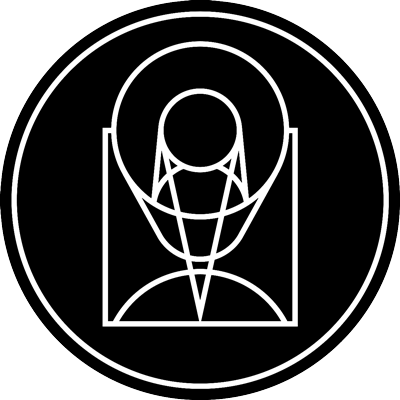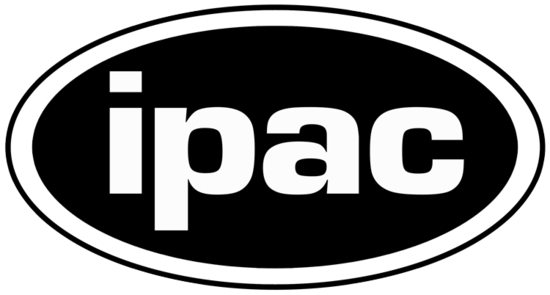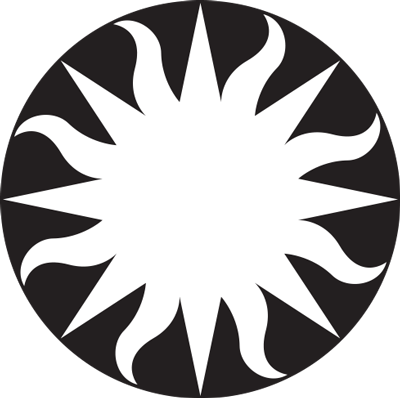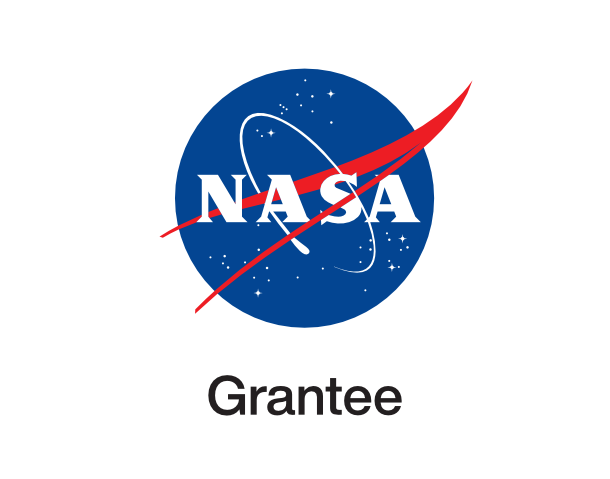Nebular Harvest

noirlab_iotw2316a April 19th, 2023
Credit: KPNO/NOIRLab/NSD/AURA/T.A. Rector (University of Alaska Anchorage/NSF NOIRLab) Image processing: T.A. Rector (University of Alaska Anchorage/NSF NOIRLab), M. Zamani (NSF NOIRLab) & D. de Martin (NSF NOIRLab)
Observing the night sky has never been so delightful as with this image of LBN 867, the Raspberry Nebula. Captured here by the Nicholas U. Mayall 4-meter Telescope using the Mosaic-3 detector at Kitt Peak National Observatory (KPNO), a Program of NSF NOIRLab, this nebula is located in the constellation Orion. LBN 867’s overall structure, though, is more like an onion than a raspberry: it hosts three different celestial objects in one! The characteristic red bloom of LBN 867 is an emission nebula. It glows as a result of the ionization of hydrogen gas by the light from the star HD 34989. From the center of the image, this main sequence star shines prominently, though it is about as bright as the planet Uranus as seen from Earth. The last object is hidden in plain sight. Notice the subtle bluish glow around HD 34989? This is the reflection nebula vdB 38, which reflects the blue-white light of its host star off local interstellar dust. Combined, the nebulae and star become a cosmic treat for any keen astronomer.
Provider: NOIRLab
Image Source: https://noirlab.edu/public/images/iotw2316a/
Curator: NSF's NOIRLab, Tucson, AZ, USA
Image Use Policy: Creative Commons Attribution 4.0 International License

- ID
- iotw2316a
- Subject Category
- Subject Name
- LBN 867
- Credits
- KPNO/NOIRLab/NSD/AURA/T.A. Rector (University of Alaska Anchorage/NSF NOIRLab) Image processing: T.A. Rector (University of Alaska Anchorage/NSF NOIRLab), M. Zamani (NSF NOIRLab) & D. de Martin (NSF NOIRLab)
- Release Date
- 2023-04-19T12:00:00
- Lightyears
- Redshift
- Reference Url
- https://noirlab.edu/public/images/iotw2316a/
- Type
- Observation
- Image Quality
- Distance Notes
- Facility
- Nicholas U. Mayall 4-meter Telescope, Nicholas U. Mayall 4-meter Telescope, Nicholas U. Mayall 4-meter Telescope
- Instrument
- Mosaic-3, Mosaic-3, Mosaic-3
- Color Assignment
- Red, Green, Blue
- Band
- Optical, Optical, Optical
- Bandpass
- H-alpha, I, G
- Central Wavelength
- 657, 820, 475
- Start Time
- Integration Time
- Dataset ID
- None, None, None
- Notes
- Coordinate Frame
- ICRS
- Equinox
- J2000
- Reference Value
- 80.4327871337, 8.43382717349
- Reference Dimension
- 8690.0, 8746.0
- Reference Pixel
- 4345.5, 4372.5
- Scale
- -6.94340583505e-05, 6.94338218964e-05
- Rotation
- -89.93302973973
- Coordinate System Projection:
- TAN
- Quality
- Full
- FITS Header
- Notes
- Creator (Curator)
- NSF's NOIRLab
- URL
- https://noirlab.edu
- Name
- Telephone
- Address
- 950 North Cherry Ave.
- City
- Tucson
- State/Province
- AZ
- Postal Code
- 85719
- Country
- USA
- Rights
- Creative Commons Attribution 4.0 International License
- Publisher
- NSF's NOIRLab
- Publisher ID
- noirlab
- Resource ID
- iotw2316a
- Resource URL
- http://noirlab.edu/public/media/archives/images/original/iotw2316a.tif
- Related Resources
- Metadata Date
- 2023-03-02T02:19:36+01:00
- Metadata Version
- 1.1
Detailed color mapping information coming soon...













